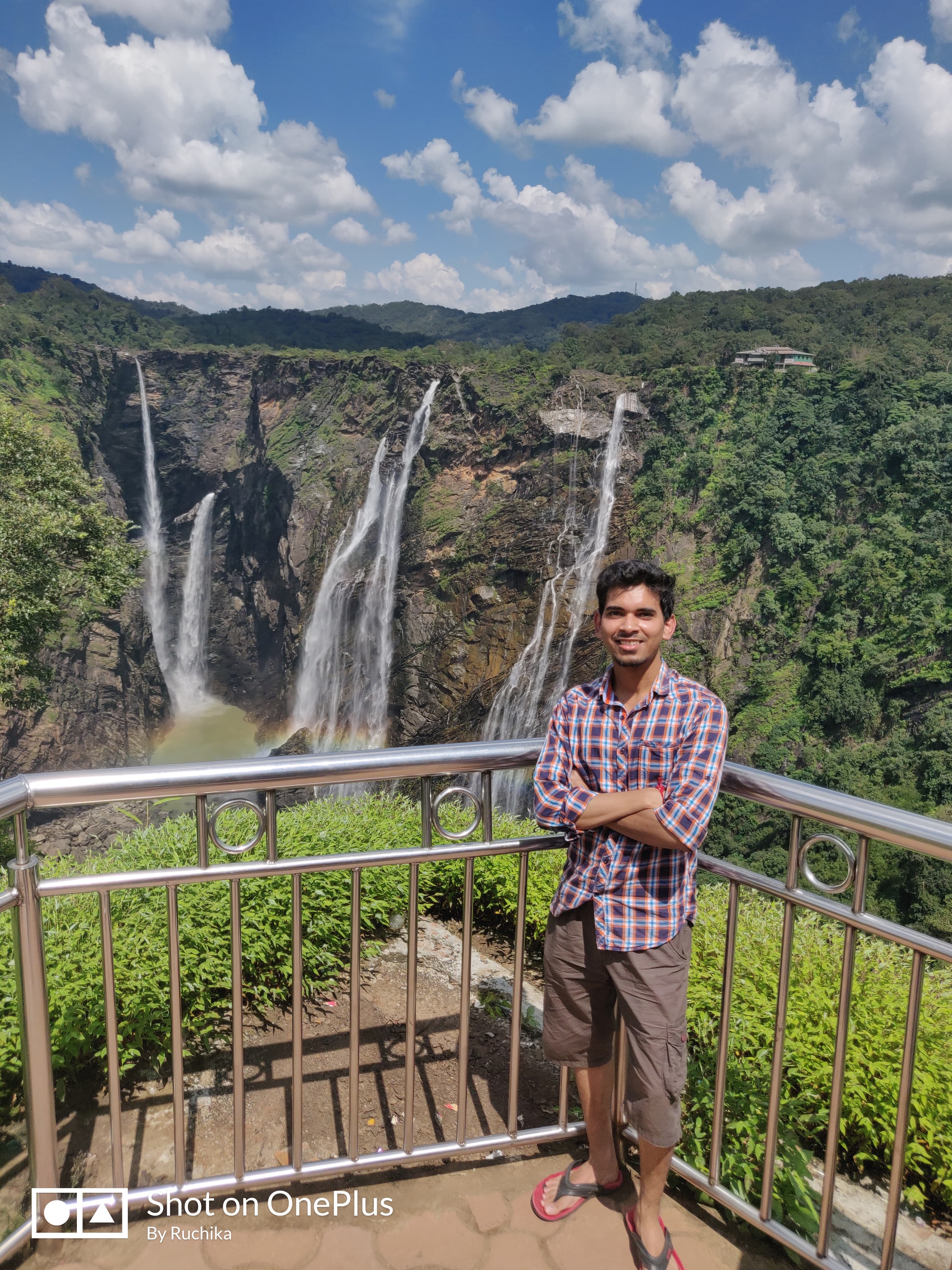Flutter For Web - Under The Hood
Author

Date

Book a call
Hello everyone.
I've been working with Flutter for Web for quite some time now and it is amazing, which made me curious about how it exactly functions. So I decided to take a look under the hood and see what I can find. In this article, I will take you on the journey that shows you how Flutter Web works.
The old days of development where we used to write different sets of code for different platforms for a single product are gone. With Flutter, we only need to write a single set of code for the same product and it can run on different platforms.
Before diving deep into how Flutter for Web works, its layout its widgets and how it paints all those widgets on the screen, let's have a basic understanding of how a browser's rendering engine works because it's a very fundamental concept required in relating the Flutter Web engine with the browser.
Browser Architecture:
You can divide a Browser's Architecture mainly into three parts:
Stages of compilation and painting on screen:
Critical Rendering Path:
This whole process from creation of render tree to calculation of layouts and finally painting is known as Critical Rendering Path and we can relate this browser working to the working of Flutter Web.
So, let's jump in to Flutter.
Flutter Web:
Flutter is made up of two high-level components:
This is how Flutter Architecture and Flutter Web Architecture both differ from each other:
All those components that make the Framework Layer are also present in the Framework Layer of Flutter Web from Material Library to Gestures, Animation and Widgets.
If we talk about the Engine Layer, everything that is present inside it is also present inside the Flutter Web Engine from Dart VM to Rendering, System Events and Platform Channels.
Then what's the difference?
The difference lies in the Engine layer and how it is implemented, as it contains some libraries and APIs which help in conversion of Dart code into HTML, CSS and JS code.
How?
Let's figure it out.
Till now, we know the browser does not understand any Dart code. That's why the Flutter Web Engine requires a different set of tools to render its content on the browser.
Flutter Web Architecture:
This is how the Flutter Web Architecture looks like in more detail. We have Flutter Web Engine which contains some libraries and APIs to convert the Dart code into HTML, CSS, as well as the dart2js compiler for the conversion of Dart code into JS code.
Let's look into how this process takes place step by step:
Why The Extra Layer?
Why have dart2js compiler as an extra layer?
Here is what the Wikipedia page has to say about this:
It says that Dart can run faster than an equivalent hand-written code in most of the cases. The Dart FAQ page says that they are also working on making common cases run faster.
Right now, we have our Dart code compiled into HTML, CSS and JS. Now let's see how the painting operation is taking place:
Painting:
Each and every time Flutter renders a UI, it creates widgets, layouts and then finally paints them on the screen. This is what the whole process looks like as a big picture:
In the below picture you can see the DOM Canvas tree which you can find in Chrome Inspector:
Why so Many Nodes?
But now the question arises, why are we seeing so many nested nodes there?
The answer lies in the painting operation and the creation of Render Tree.
At the time of performing the painting operation, Flutter creates a Render Tree and the Render Tree creates Composite Layers which are supplied to the Flutter Engine. This Composite Layer contains information like Offset, Transform, Scene and many more, and as a result, we see so many nodes in the DOM Canvas Tree such as flt-transform, which corresponds to Transform and other layers also follow the same pattern.
Advantages:
Disadvantages:
I am also adding the resources and links which can help you if you want to dig more in detail.
Resources:
Thank you for reading.
Book a Discovery Call
Dive deep into our research and insights. In our articles and blogs, we explore topics on design, how it relates to development, and impact of various trends to businesses.



